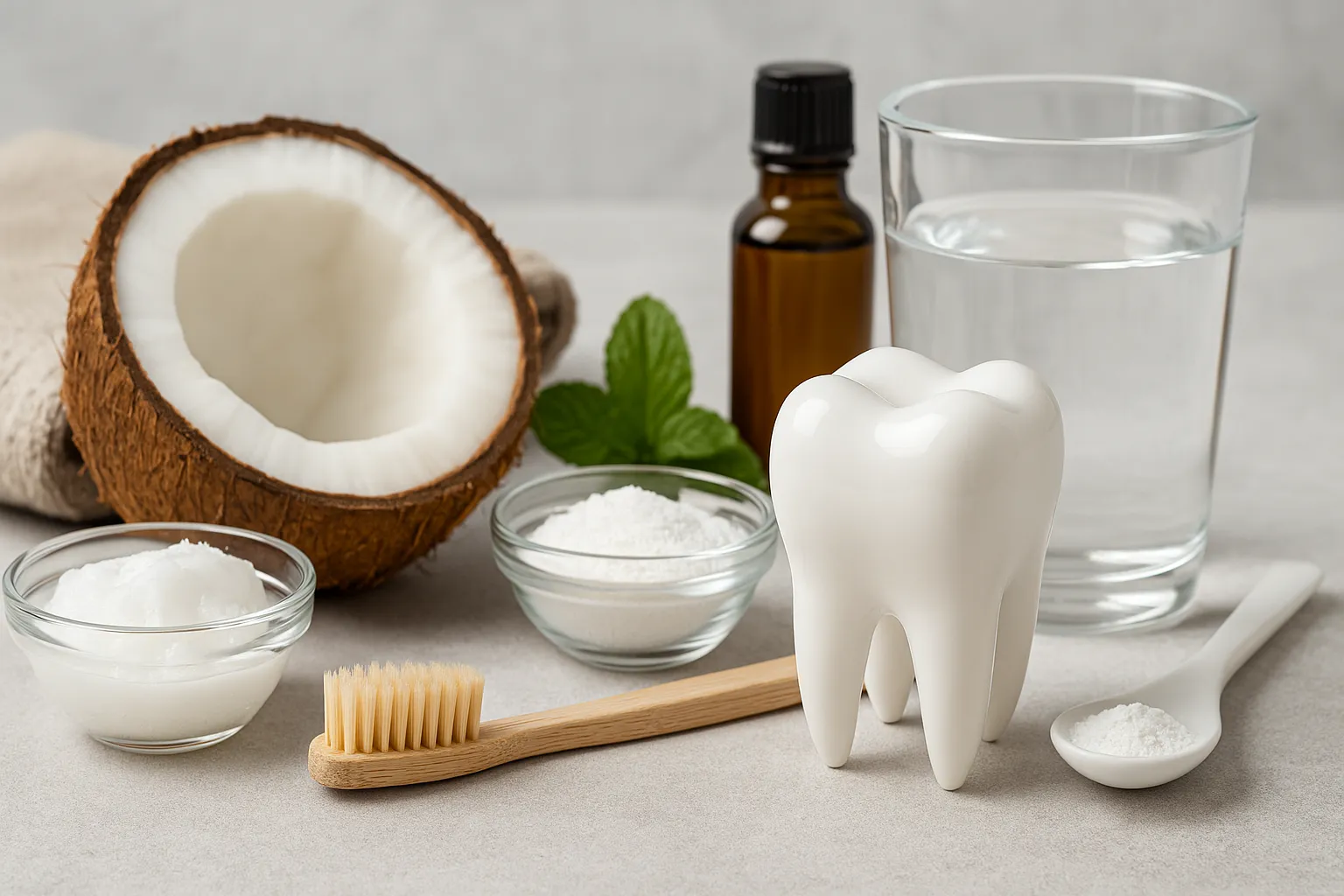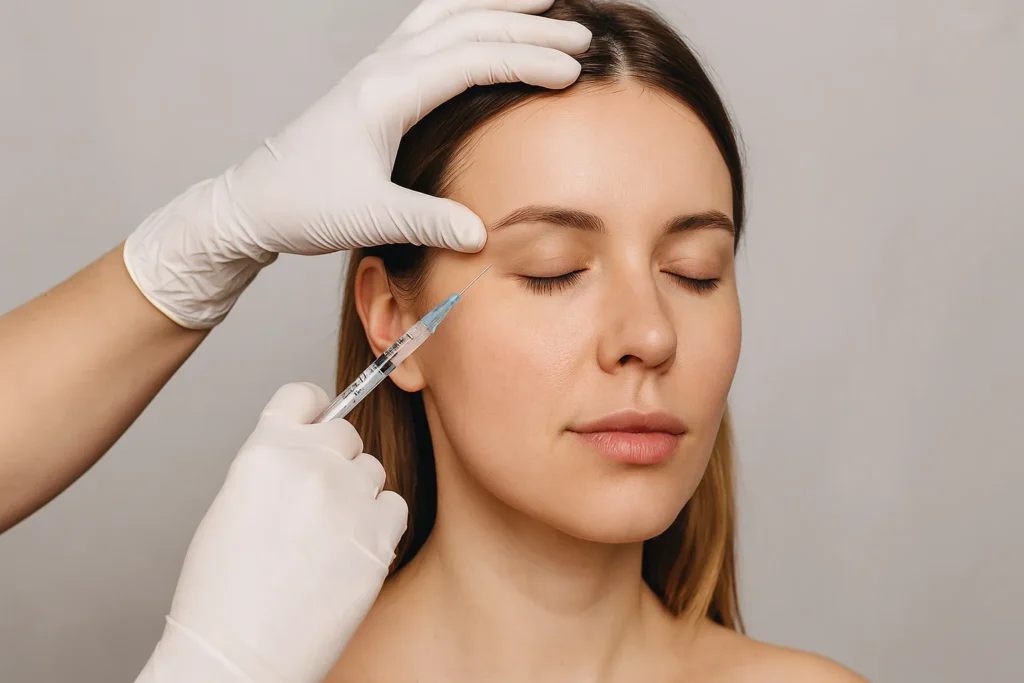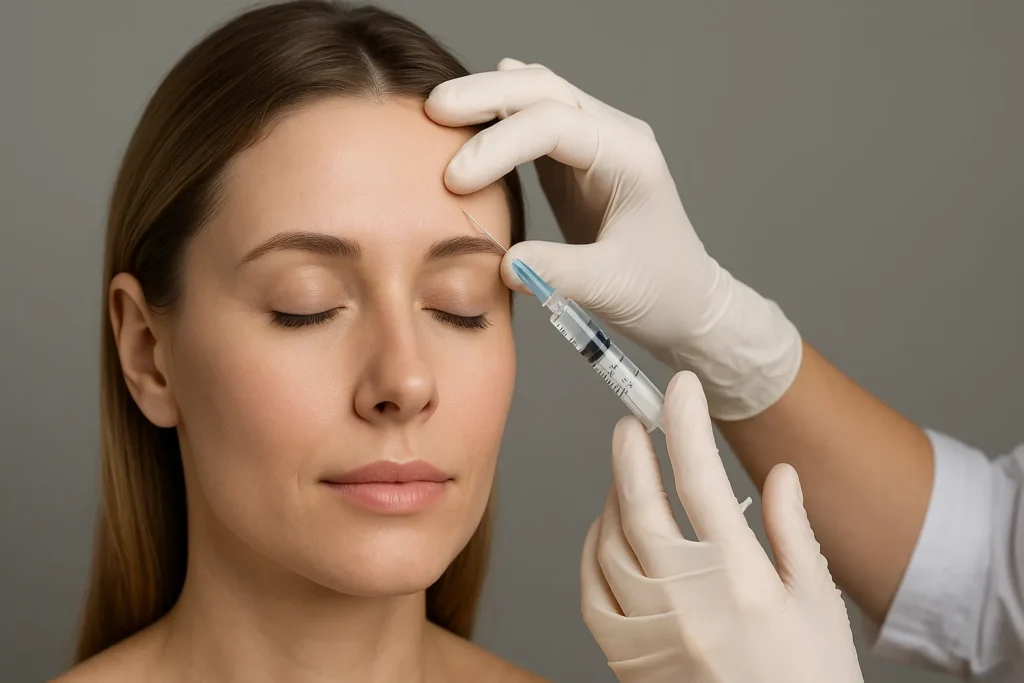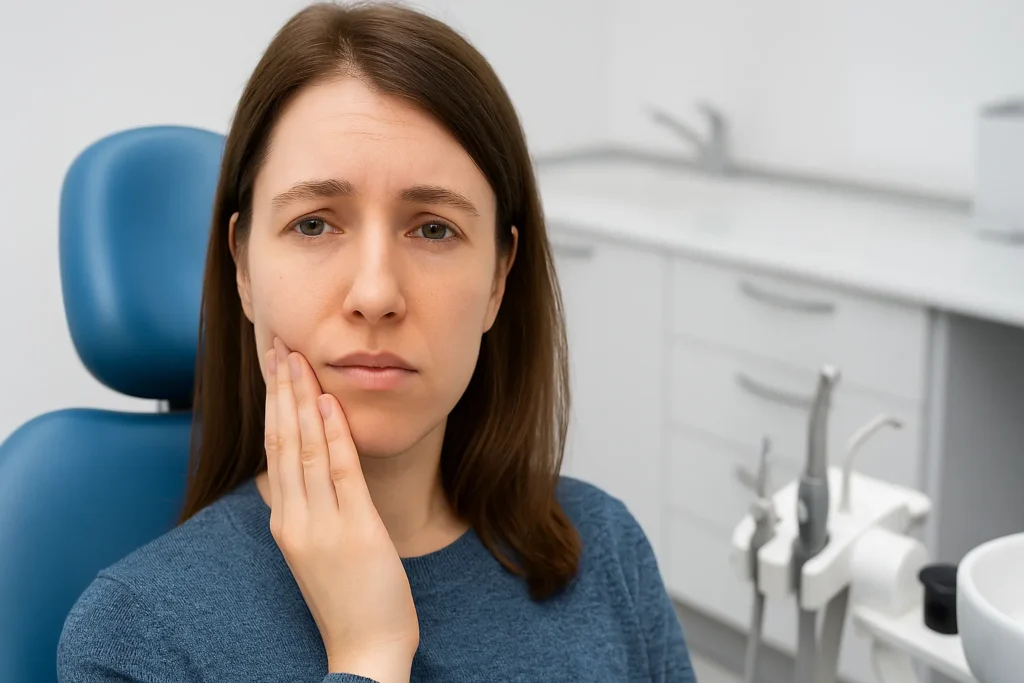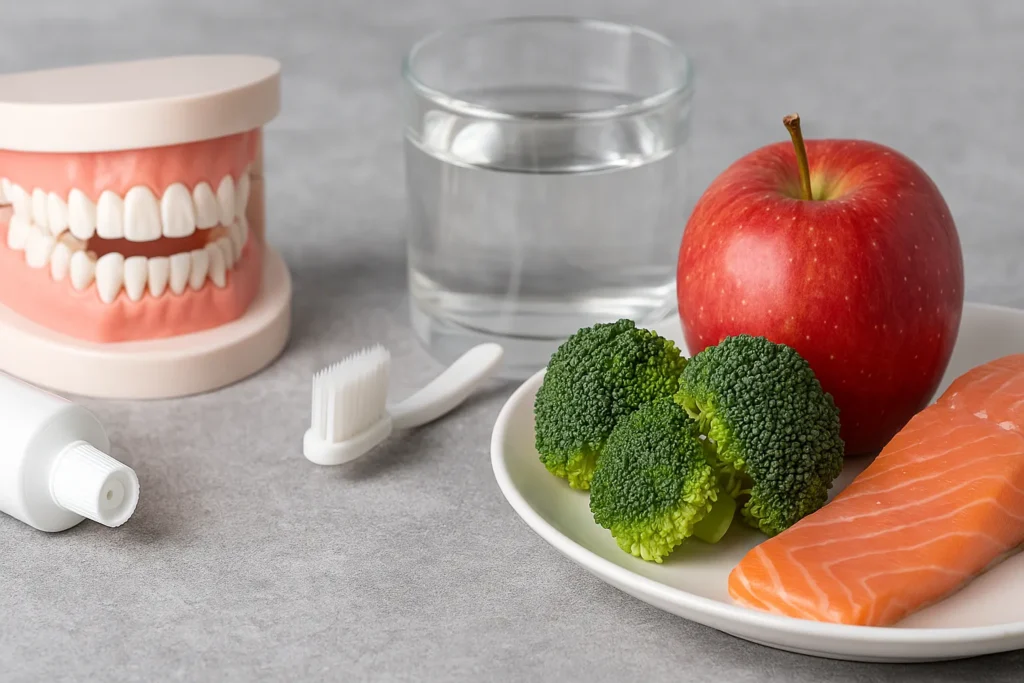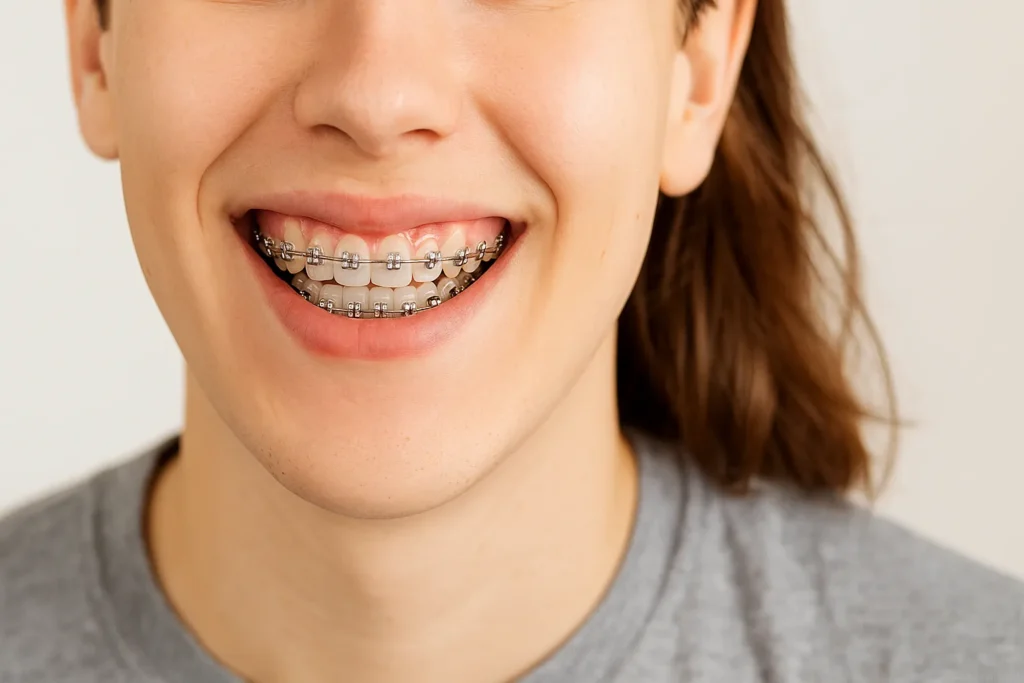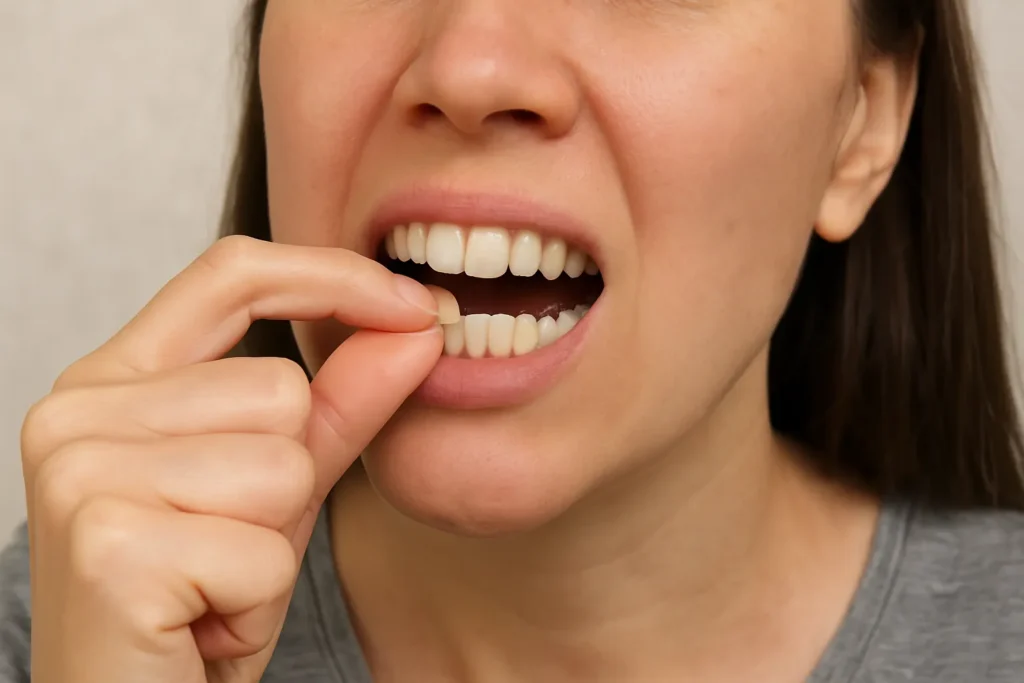When it comes to dental care, most of us focus on brushing, flossing, and the occasional dentist visit. But did you know your teeth can actually heal and strengthen themselves through a process called remineralization? If you’ve ever wondered how to remineralize teeth naturally, you’re not alone. From tiny white spots to early signs of decay, your body has a built-in defense system to fix minor enamel damage if you give it the right tools. In this guide, we’ll break down what remineralization really is, how it works, and how you can support it in your daily routine. Let’s dive in!
What Is Tooth Remineralization?
Before we talk about how to remineralize teeth, let’s understand what’s happening. Your teeth are made of minerals, mainly calcium and phosphate. Every day, your enamel loses and gains minerals through a process called demineralization and remineralization. This exchange is influenced by what you eat, how clean your mouth is, and even your saliva. When your enamel loses more minerals than it gains, it becomes weak and porous, leading to cavities. But here’s the good news: early enamel damage is reversible if you encourage remineralization.
How to Remineralize Teeth Naturally at Home
You don’t always need expensive treatments to restore your teeth. There are several natural ways to support remineralization, and many of them start in your kitchen or bathroom cabinet.
Let’s go through each one step by step.
1. Eat a Remineralizing Diet
A balanced, mineral-rich diet is your first defense. Foods high in calcium, phosphorus, and vitamin D help your body rebuild enamel.
Include:
- Dairy products like yogurt, cheese, and milk
- Leafy greens like kale and spinach
- Nuts and seeds (especially sesame and almonds)
- Fatty fish like salmon
- Eggs and mushrooms for vitamin D
Avoid sugary snacks and acidic drinks like soda, which strip minerals from your enamel. Want to understand the science behind how salt supports oral health? You can also read about How Salt Keeps Dental Problems Away.
2. Maintain a Healthy Oral Environment
No matter how good your diet is, if your mouth isn’t clean, remineralization slows down.
- Brush twice a day with a soft-bristle brush
- Use a fluoride toothpaste, or switch to hydroxyapatite-based pastes if you prefer natural alternatives
- Floss to remove hidden plaque between your teeth
- Avoid mouthwashes with alcohol, as they dry out your mouth
A healthy oral environment also helps with other concerns. For example, if you’re curious about spacing issues, check out How to Reduce Gap Between Teeth Naturally for more info.
3. Drink Plenty of Water (Especially Fluoridated)
Water not only keeps you hydrated but also washes away food particles and maintains your mouth’s pH. Tap water in many parts of the USA contains fluoride, which is known to support enamel repair. If you’re using only bottled water, you might be missing out on this benefit. Make it a habit to rinse your mouth with water after meals and snacks. It’s one of the easiest ways to start remineralizing your teeth without lifting a finger.
4. Try Natural Remineralizing Toothpaste
If you’re wondering how to remineralize teeth naturally, a good start is switching your toothpaste.
Look for these ingredients:
- Calcium phosphate or nano-hydroxyapatite – helps rebuild enamel
- Xylitol – a natural sugar alcohol that reduces cavity-causing bacteria
- Fluoride – if you’re okay with a non-natural option
Be careful with charcoal and abrasive pastes. They might “look natural,” but they can wear away enamel and delay healing.
5. Oil Pulling for a Cleaner Mouth
Oil pulling is an ancient Ayurvedic practice that involves swishing oil (usually coconut or sesame) in your mouth for 10–20 minutes. While not a miracle cure, oil pulling reduces bacteria, improves gum health, and can support remineralization when paired with a mineral-rich diet. You can easily add this to your morning routine before brushing.
6. Remineralizing Mouthwashes and Serums
Many dentists now recommend remineralizing mouthwashes with ingredients like calcium phosphate or fluoride. Some over-the-counter serums even offer concentrated mineral support. These are especially useful if you’re dealing with sensitivity or early decay.
If you have dental treatments planned, like Invisalign, you might wonder how long it will take to see results. Learn more in How Long Does Invisalign Take to Work.
7. Watch for Tooth Damage and Address It Early
Enamel damage can sometimes go unnoticed, until it’s too late. If you notice:
- White spots on your teeth
- Sensitivity to hot, cold, or sweet foods
- Dull, discolored areas
These could be signs that remineralization isn’t happening as it should.
While home care is powerful, some issues need professional help. For example, if you’ve got a cracked tooth, here’s How to Fix a Cracked Tooth Naturally for some helpful insights.
8. Can You Tighten a Loose Tooth at Home?
In some cases, yes, but only if the looseness is caused by gum inflammation or minor trauma. Good oral hygiene, saltwater rinses, and anti-inflammatory foods may help. For full details, check How to Tighten a Loose Tooth at Home.
9. Don’t Delay Dental Treatments
Sometimes natural methods aren’t enough, and that’s okay. If a tooth has progressed to needing a root canal, don’t put it off. Acting early can save your natural tooth and restore function. Read How Long Does a Root Canal Take to get prepared.
Also, if your dentist recommends braces but you’re concerned about the cost, this guide on How Much Do Braces Cost Without Insurance can help you plan ahead.
Final Thoughts:
Learning how to naturally remineralize teeth is empowering. It means you’re not completely at the mercy of dental decay. With simple daily changes, like improving your diet, brushing with the right toothpaste, staying hydrated, and catching early signs, you can actually heal your teeth before it’s too late. Not everything requires a trip to the dentist or a huge expense. Sometimes, the best solutions are already sitting in your kitchen or bathroom shelf.
So start today. Your teeth will thank you tomorrow.

